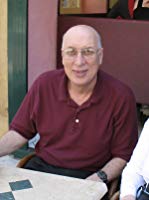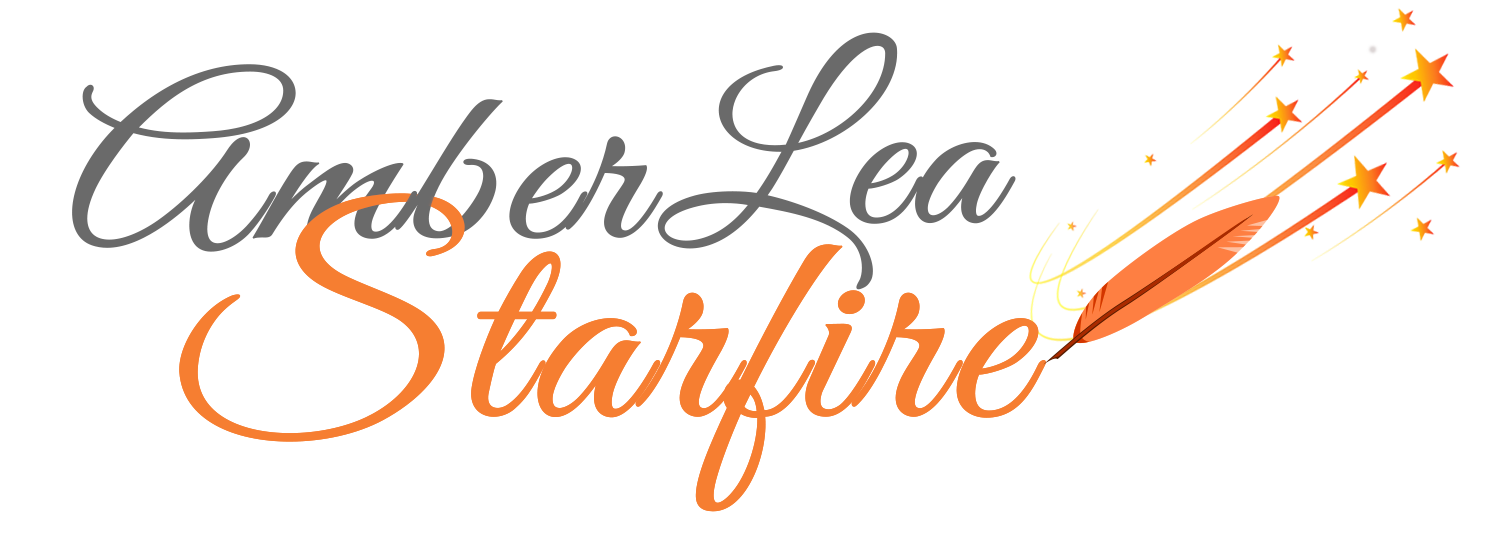A W.O.W. (Women on Writing) Blog Tour of Albert Nasib Badre’s book LOOKING WEST: A JOURNEY OF A LEBANESE-AMERICAN IMMIGRANT
I’m pleased to host Albert Nasib Badre on the blog today, as we talk about his new memoir, why he wrote it, and the challenges he experienced when writing memoir, compared with other forms of writing.
About the Book
|
Paperback: 267 pages Available on Amazon, Barnes & Noble |
|
In 1960, the Badre family emigrates from Beirut, Lebanon to the United States, a dream come true for fourteen-year-old Nasib.
Nasib struggles to assimilate as a teen in Albany, New York. With limited English skills, he attempts to learn new customs, make friends, and adapt to a different culture. In Beirut, the Badre family was well-known and socially privileged. In America, they are unknown nobodies. Nasib adopts his father’s name “Albert,” and to further Americanize his name, young Albert becomes “Al.”
Despite the many frustrations and difficulties, Al’s ultimate goal is to become a successful American. The new anonymity actually inspires the young man. Excited by the opportunities available to him in his new country, he determines to make a potent contribution to society.
As he strives to adapt, Al reads voraciously, becoming increasingly interested in religion and philosophy. Books become his “American friends,” and reading soon prompts him to ask deep theological questions about his family’s Lebanese Protestant roots, his mother’s conversion to Catholicism, and the contrast between the Protestant and Catholic faiths. This ultimately leads to his Catholic conversion.
Al’s search for meaning in life leads him to social activism among New York City’s poorest. And, in time, to graduate studies, where his desire is to improve the human condition through information technology.
Al Badre — like many other American immigrants — works his way through hardship to achieve a meaningful place in his adopted nation.
Interview with Albert Nasib Badre
WTL: What prompted you to begin writing your story (what was your inciting incident)?
ANB: Well, it all started after my father passed away in 2010. As I mentioned in the book, my father could not come with us to Albany the first three years of our immigration. He had work commitments in Lebanon the first year; the next two years, he lived in the (Belgian) Congo where he was the economic advisor on Congolese Economic affairs to the then UN Secretary General, Dag Hammarskjold. When my father passed away at the age of ninety-eight, we went through his file cabinets and found a considerable amount of papers and documents that he had accumulated over fifty years. Among these were a large collection of letters that my mother, my two brothers and I had written to him between 1960 and 1963, our first years in the US. The majority of the letters were from my mother, who wrote to him at least once a week detailing the voyage by sea and telling him about our daily life in Albany. As I read and reread details in the letters, they triggered memories. That inspired me to start writing down the experiences of those first years before these events are lost forever.
WTL: Based on your background, I assume that much of your writing has been academic in nature.
ANB: Yes, you have to realize, all my previous writings, both book and papers, had been technical, academic writing, and to be honest I didn’t realize, creative nonfiction is totally different.
WTL: What challenges did you face when writing memoir, and how did you overcome them?
ANB: I had zero experience in creative nonfiction writing. My challenge was to learn how to transition from academic to creative nonfiction. So, I joined a writing group. It didn’t take me long to figure out creative writing is very different from technical writing, and I enrolled in continuing education courses on creative nonfiction at Brown University. We had to write a new piece for every class session, and got valuable and positive feedback, from both the instructor and participating students. When we finished the Creative Writing course, some of us formed a writing group. I continued to get encouraging feedback on the short pieces I wrote for the group.
WTL: What other memoir writers do you look to for inspiration?
ANB: Many memoirs have inspired me and encouraged me to write my own. But the first memoir I read and that had a deep impact on me was Ernest Hemingway’s A Moveable Feast. I loved his stories, anecdotes, and personal accounts. It taught me memoir writing becomes a page turner for the reader when you tell connected anecdotes and stories in a meaningful context. Jeanette Walls’ The Glass Castle and Half Broke Horses inspired me to think of memoir writing as story-telling, based on real people and true events. I learned to tell a story with the facts and events, instead of “reporting” facts and events.
WTL: Who did you receive feedback from while writing? Do you belong to a writing group? Other?
ANB: When I first realized I had no experience in creative nonfiction, I joined a writing group. When I would first write and show it to my writing group, they would say to me, “You write more like you’re trying to prove an argument or explore a set of points.” As I mentioned, I enrolled in continuing education courses on creative nonfiction. We had to write a new piece for every class and got valuable and positive feedback.
WTL: What types of research did you engage in to ensure accuracy of events in your memoir?
ANB: The letters we found in my father’s files that my mother, siblings, and I wrote to my father during the first three years were very helpful and triggered memories. Also, I had many hours of conversation with my mother and siblings about our life in Lebanon and places we lived in this country. I visited and spoke with friends mentioned in the book. I visited cities I lived in during the fourteen years of my journey, triggering lots of memories. Also, digging into a large trove of photos from my parents’ files and albums as well as my own collection, brought up additional memories. In addition, I had accumulated files of papers and documents over the first fourteen years, which were very helpful in pinpointing dates, places, and events.
WTL: Please describe your writing process. Did you start with an outline? How long did it take to write, from beginning to end?
ANB: I didn’t start with an outline because when I began writing, I thought I was going to write only an essay based on the letters we found in my father’s filing cabinet. My purpose then was to write a record of our life during the first three years of immigration for my grandchildren to read when they are adults. After I finished a draft of the first three years, I made the decision to tell the story of how I achieved my adolescent dream to become a successful American. At that point, I started outlining with many iterations.
WTL: What are you most hoping for readers to get out of reading your memoir?
ANB: First, I would like readers to realize not all immigrants are the same. The tendency for us to stereotype and put people into predefined categories invades our individuality. You will notice in the book that not even siblings of the same immigrant family have the same experiences and personalities.
Also, I would like readers to understand that immigrant assimilation is most successful when immigrants are willing to immerse themselves into the American culture, language and customs, no matter how difficult at the beginning, instead of often living and working in immigrant communities in close proximity to those who share their culture and language.
In the book, I highlight my immigrant experience in America as one where my entire first years consisted of making American friends and immersing myself in American culture, such as learning slang and eating hamburgers and enjoying American music. Assimilating helped me achieve career success.
WTL: What recommendations or advice would you give to a person who is just starting the memoir-writing process?
ANB: Get an editor. After you finish the first draft, give it to a developmental editor and be ready to do lots of rewriting, restructuring, and multiple revisions. When you finish with a developmental editor, go to a content editor. Then, if you have a publisher, be willing to listen to the publisher’s editors, and be humble.
WTL: Do you have any other comments or thoughts you’d like to share?
ANB: This book should be of interest to two audiences, people who are interested in modern family immigration narratives, and readers who are looking for spiritual conversion stories. What is important to realize: the immigration journey wouldn’t be complete without the spirituality story, and the spirituality story wouldn’t have happened without my immigration to America.
About the Author
 Albert Nasib Badre is an American author born in Beirut Lebanon. He immigrated to the United States with his family in 1960 at the age of fourteen. His family made Albany, N.Y. their first home in America where he attended a private Catholic high school through his Junior year. After three years in Albany, the family moved to Iowa City, Iowa, when his father accepted a professor position at the University of Iowa. He finished his senior year at Iowa City High School, then went on to the University of Iowa where he got a Bachelor of Arts in Religious Studies. After college, he spent a year as a social worker in New York City. Deciding social work was not for him, he went on to pursue graduate studies at the University of Michigan where he got his Ph.D. in 1973.
Albert Nasib Badre is an American author born in Beirut Lebanon. He immigrated to the United States with his family in 1960 at the age of fourteen. His family made Albany, N.Y. their first home in America where he attended a private Catholic high school through his Junior year. After three years in Albany, the family moved to Iowa City, Iowa, when his father accepted a professor position at the University of Iowa. He finished his senior year at Iowa City High School, then went on to the University of Iowa where he got a Bachelor of Arts in Religious Studies. After college, he spent a year as a social worker in New York City. Deciding social work was not for him, he went on to pursue graduate studies at the University of Michigan where he got his Ph.D. in 1973.
He spent the next thirty years at the Georgia Institute of Technology, and today he’s Professor Emeritus of Computing. During his tenure at Georgia Tech, he was an international consultant specializing in designing technology to enhance the human experience. Dr. Badre was an early pioneer in the field of human-centric design, with some thirty years of experience in human-computer interaction, learning technologies, and human-centric e-learning. His background combines expertise in the empirical methodologies of the behavioral sciences and the design approaches of the computing sciences.
Dr. Badre authored numerous technical papers, is co-editor of the book Directions in Human Computer Interaction, and the author of the book, Shaping Web Usability: Interaction Design in Context, which was adopted in several dozen courses worldwide. His memoir, Looking West, is the story of his coming of age immigration to America and subsequent conversion to the Catholic Church.
Today, Dr. Badre and his wife live in Providence, R.I., near his son and family, where he leads a very active volunteer life in service to the community.
Where you can find Albert online:
Goodreads: https://www.goodreads.com/author/show/197752.Albert_N_Badre
Twitter: https://twitter.com/anbadre
Instagram: https://www.instagram.com/anbadre/
Facebook: https://www.facebook.com/profile.php?id=12819942







I teach the Modern Middle East and North Africa, and I am eager to read this book! I have heard many stories about people from the Levant who immigrate to the US in the early-twentieth century. However, this book promises to provide unique insight into why one family moved from Beirut to the US in the mid-twentieth century, when Lebanon’s capital was still referred to as the Paris of the Middle East. I hope to learn something about the amphibian invasion of Lebanon by US Marines in 1958 as well as Lebanon’s relationship to African mining interests in the Congo. I really am thrilled to see an academic setting down his story and also setting down a story that may well help me to provide a more personal touch to lectures on the Levant. Thank you for taking the time to speak with Amber and to publish your memoir.
Hi Stacy, I just saw your insightful comment. You’ll find answers in the book to most of the points and questions you raise, but not the African mining relationship. I write about my parents reasons for immigrating, as well as a personal perspective on the 1958 U.S. Marines’ landing. My uncle, Charles Malik, was at the time of the 1958 conflict the Foreign Minister of Lebanon, and was instrumental in urging the Americans to send the Marines.
Al Badre
I really look forward to reading your book, Al! Thank you so much for giving me a further preview!
Thank you for the Interview. I would like readers to realize, my story is not just one of an immigrant’s struggles with what’s new and different. It’s a journey of initial excitement, anticipation, struggle, purpose, and ultimate success to achieve the American dream.
Al Badre
Thank you, Al Badre – I’m very happy to be able to post your interview and to help promote your interesting and timely story.